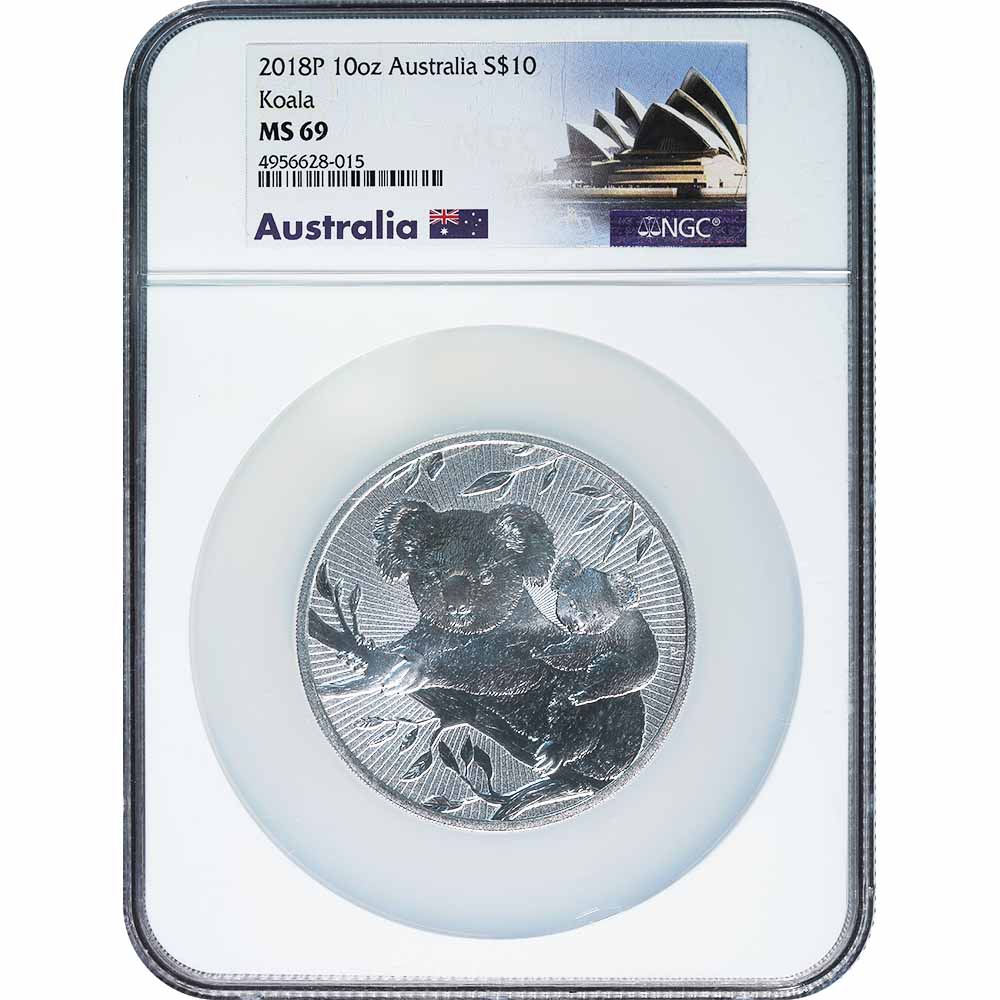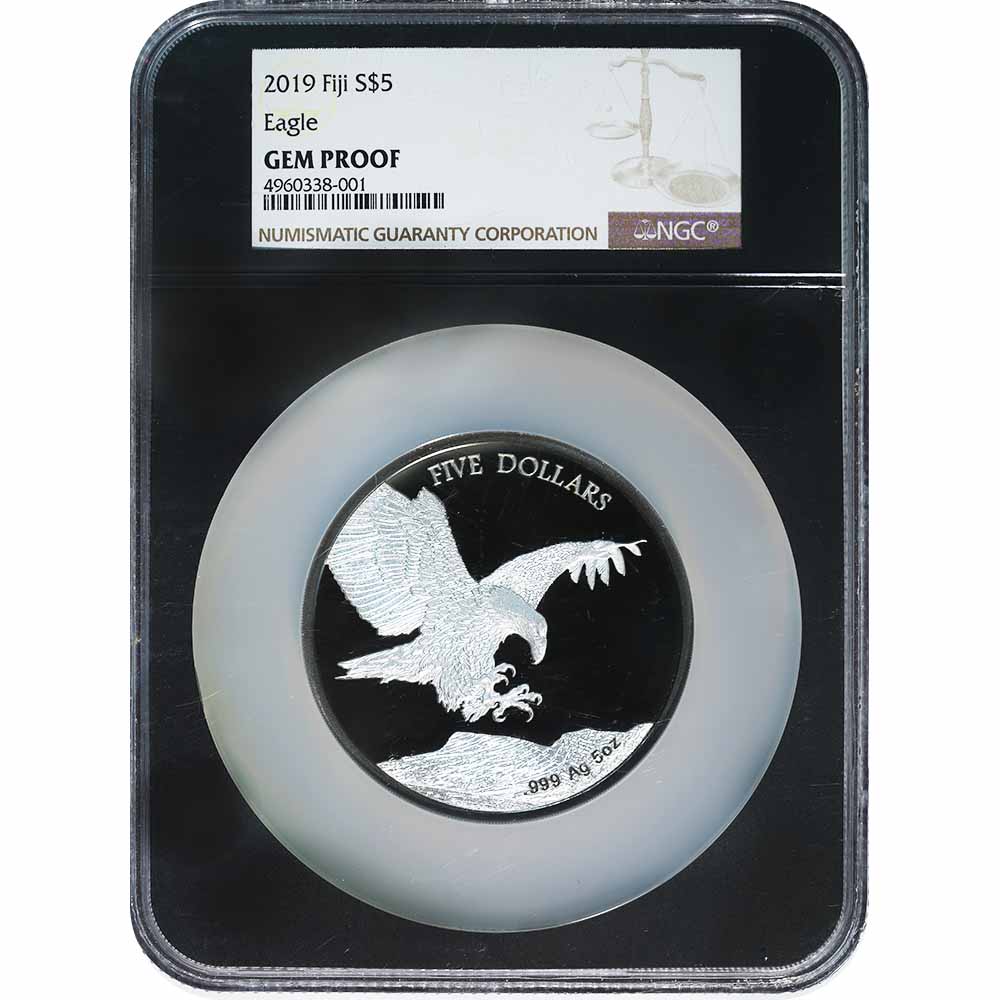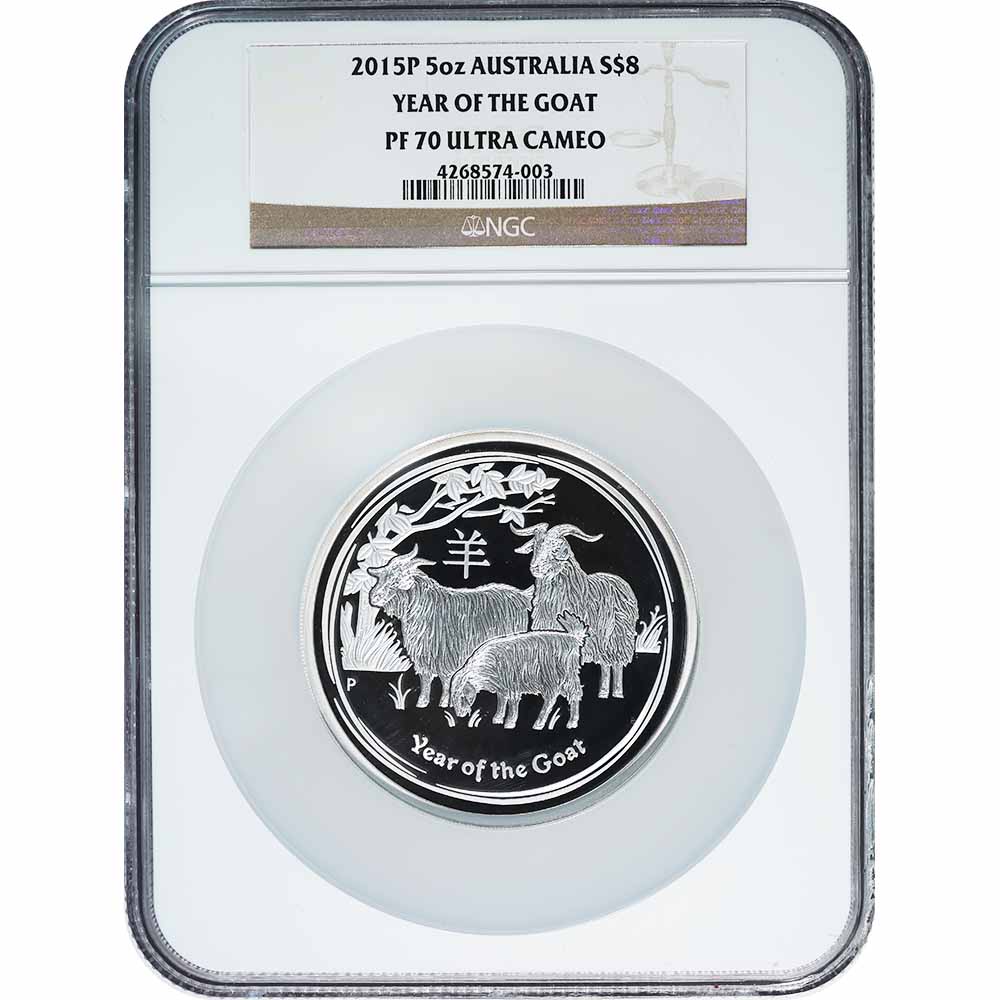- Back to:
- Italy World Coins

Italy 5 Centisimi 1862N KM#3.3 VF
| Qty | Wire/Check | Bitcoin | CC/Paypal |
| Any | $12.00 | $12.12 | $12.48 |
The Italy 5 Centisimi 1862N KM#3.3 is a fascinating coin that encapsulates a significant period in Italian history. Minted during a time of national transition and consolidation, this coin offers insights into the economic and political changes occurring in Italy during the early years of the unified kingdom. The year 1862 marked a pivotal point in Italy’s history, following the unification of the Italian states under the leadership of King Victor Emmanuel II. The establishment of a unified currency was a critical step in creating a cohesive economic system for the newly formed nation.
Issued in the aftermath of the 1861 unification of Italy, the 5 Centisimi 1862N represents the early efforts of the new Italian government to standardize its currency across the various regions that had previously operated under different monetary systems. The coin’s design and minting reflect the broader ambitions of the Italian state to establish a unified identity and economic stability. The 5 Centisimi, as a denomination, played an important role in everyday transactions, representing a small but significant part of the country’s new monetary framework.
The design of the 5 Centisimi 1862N is indicative of the period’s artistic style and political messaging. The obverse features a detailed, right-facing portrait of King Victor Emmanuel II, who was the first king of a unified Italy. His image is surrounded by the inscription "VITT EM MAN II RE D'ITALIA," which translates to "Victor Emmanuel II, King of Italy." This inscription not only identifies the reigning monarch but also emphasizes his role in the creation of the unified Italian state. The portrait is rendered with a degree of realism, showcasing the king’s regal demeanor and the attention to detail characteristic of the period’s coinage.
On the reverse side of the coin, the design is both functional and symbolic. The coin displays the value "5 CENTESIMI" prominently in the center, enclosed within a laurel wreath. The laurel wreath is a classical symbol of victory and honor, reflecting the pride and significance of the newly unified Italy. Surrounding the central inscription are the year of minting and the mintmark "N," indicating that the coin was produced at the Naples Mint. This design element not only serves a practical purpose but also aligns with the artistic and symbolic conventions of the time.
The 5 Centisimi 1862N was minted at the Naples Mint, which was one of the primary mints responsible for producing Italian coinage during this period. The minting process involved meticulous attention to detail, ensuring that each coin was crafted to a high standard. The use of bronze for this denomination reflects the economic considerations of the time, providing a durable and cost-effective material for everyday use. The Naples Mint played a crucial role in the production of Italy’s early unified currency, contributing to the establishment of a stable monetary system for the country.
Regarding mintage, the 5 Centisimi 1862N had a limited production run compared to some other denominations. This relative rarity enhances the coin’s appeal to collectors and historians, as it represents a specific moment in Italy’s numismatic history. The mintage figures for this coin indicate that it is less common than some other issues from the same period, making it a valuable addition to collections focused on Italian coins from the 19th century.
Italy during the 1860s was a nation undergoing significant transformation. The process of unification had brought together various states and regions into a single kingdom, and the establishment of a unified currency was a key step in this integration. The 5 Centisimi 1862N is a testament to these efforts, capturing the essence of a nation in the midst of change. The coin reflects the political and economic aspirations of the time, serving as a tangible link to Italy’s early years as a unified country.
The 5 Centisimi 1862N is more than just a piece of currency; it is a historical artifact that provides insight into the early years of Italy’s unification. Its design, minting details, and historical context make it a valuable item for collectors and a significant subject for those interested in the evolution of Italy’s monetary system. The coin remains an important symbol of the country’s efforts to establish a cohesive national identity and economic stability during a transformative period in its history.







